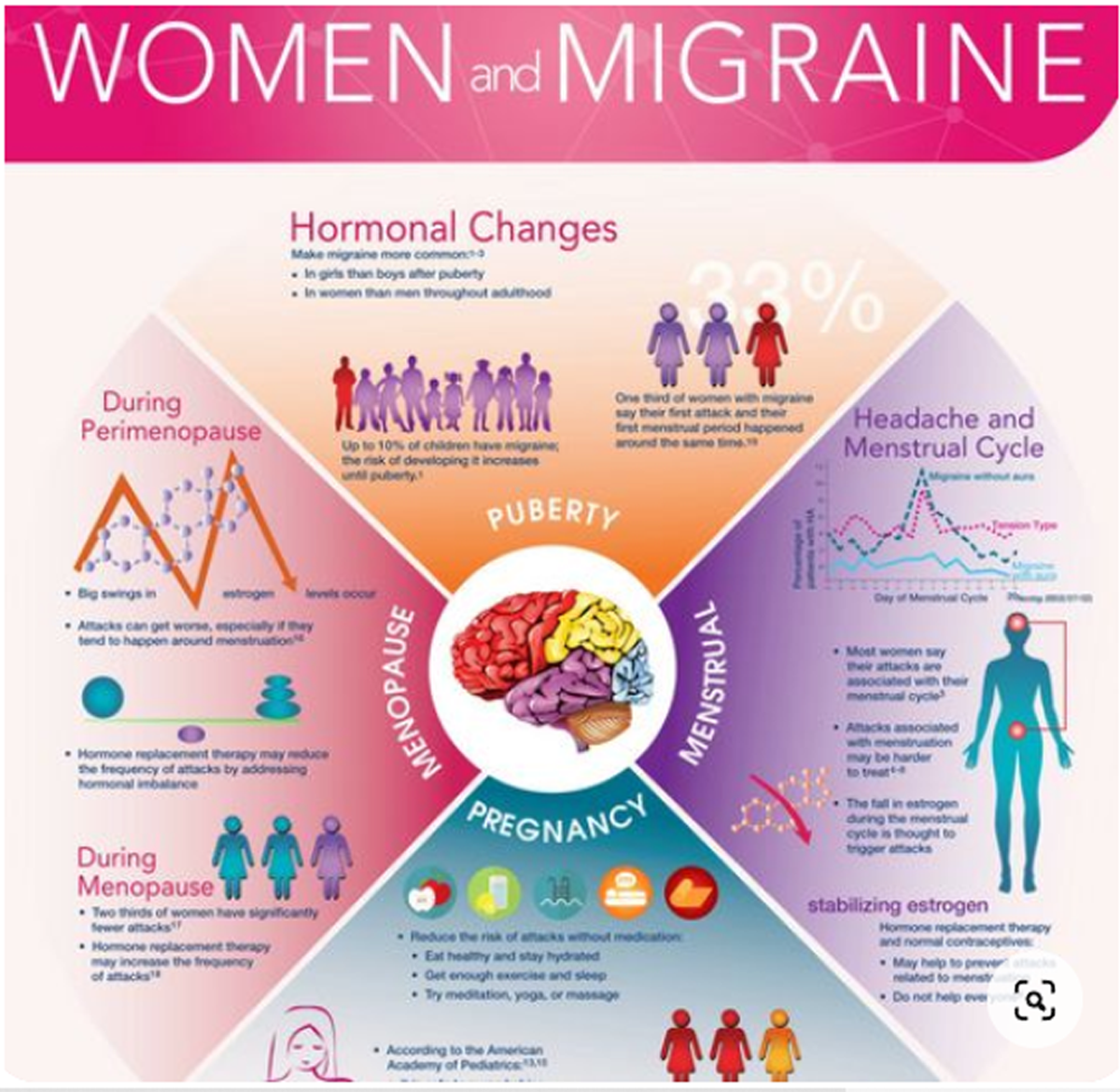Study of Spinal Manipulative Therapy for Neck-Related Headaches
SOURCE: National Center for Complementary and Alternative Medicine
Previous research suggests that spinal manipulative therapy (SMT) may be helpful for various types of chronic headaches, including cervicogenic headache (CGH), which is associated with neck pain and dysfunction. In a recent randomized controlled trial, NCCAM-funded researchers from Western States Chiropractic College and other institutions evaluated the dose (number of treatments) and relative efficacy of SMT in a group of 80 patients with chronic CGH.
The study participants were assigned to an SMT group or a control group, which received light massage. Participants in both groups received treatments from chiropractors in 10-minute sessions either once or twice a week for 8 weeks, for a total of 8 or 16 treatments. Participants who were treated only once a week also had weekly examination visits, which included a discussion of the patient’s condition followed by a manual examination, as a control for provider contact/attention. Researchers used pain and disability scales to evaluate the participants’ response to treatment once every 4 weeks for 24 weeks. They also asked subjects about the number of headaches experienced.
Compared with massage, participants receiving SMT had greater improvements in CGH-related pain and disability, lasting to 24 weeks. These differences were clinically important and statistically significant. The dose effects of SMT treatments (i.e., differences between 8 and 16 treatments) were small but significant. The mean number of headaches reported by SMT subjects decreased by more than half during the study.
The researchers concluded that their findings support SMT as a viable option for treating CGH, but also point out that these findings should be considered preliminary. They suggest additional research to determine whether SMT results for patients with CGH are affected by treatment intensity and duration, use of other therapies, lifestyle changes, and an integrative care approach.
Reference:
Dose Response and Efficacy of Spinal Manipulation for Chronic Cervicogenic Headache: A Pilot Randomized Controlled Trial
Spine Journal. 2010 (Feb); 10 (2): 117–128
There’s more information like this at the






I find that I get best results with headaches combining deep soft tissue work on the suboccipital muscles with a percussive massager — and structural correction, using Advanced Biostructural Correction. The soft tissue work eliminates the symptoms, and the structural correction corrects the source of the problem.
Headaches seem to have either a cervical or vascular origin. Which is why SMT is so effective. It improves cervical function as well as cerebral blood flow, thus improving headaches.
These differences were clinically important and statistically significant. The dose effects of SMT treatments (i.e., differences between 8 and 16 treatments) were small but significant.
In your commentary of the study you indicated the differences between 8-16 visits were small but significant…yet the study itself indicated them to be small?
CONCLUSION: Clinically important differences between SMT and a control intervention were observed favoring SMT. Dose effects tended to be small.
Can you tell me what you determined was significant? in the dosing?
Also why is it that when we as a profession perform clinical dosing research, the dosing is never reflective of how a common clinic would treat the patient for effective results? For Chronic cervicogenic headaches a full evalutation would be conducted, including x-ray analysis and a alignment evaluation for misalignment. A typical schedule then would usually result in a month of 3X/week care in many successfull headach clinics in America, yet the DOSE in this study was one time per week? Why is that our researchers do not correlate with normal field practice?
If medicine use 3-50mg tablets of tylenol a day for incredible results with headaches (as an analogy), do you think the medical researchers would therorize that tylenol may be effective and should be studied and then set up a study using a dosing schedule that is not representitive of good field results? Say how about we test the results of tylenol at 1 50mg tablet every week for 8-16 weeks and then first see if there is a result and then second if there is a noticiable difference in dosing with this now field representative dosing schedule?
RESPONSE from Frank:
Hi Dr. Cronk,
I believe you have me confused with the author of this study (Mitchell Haas, DC).
Our Headache Page cites studies that are all over the place, from daily, to several times weekly. You’d need to ask the researchers why they choose those frequencies.
My approach is 3x a week for the first week, and I rarely see people more than 2x a week for weeks 2-4. It’s only a difference of 3 visits in the first month, but if that provides results comparable to the 12-visit package you mentioned, then that is a significant 25% savings.
I believe that also makes chiropractic more competitive and cost-effective. Now, that’s just my approach…I’m not saying everyone should mimic me, but it is worth a trial, isn’t it?
Thanks for this post – I have family members who struggle with headaches and will pass this along to them.
Spinal Manipulative Therapy (SMT) sounds worth the try in comparison to traditional massage therapies. Thanks for the advice.
This study is important and supportive of chiropractic as it strengthens the use of cervical spine manipulation in the treatment of CGH. It demonstrates that patients may require a combined intervention approach which includes exercise, soft-tissue therapy, spinal manipulation and education.
In addition to question of “dosage” the question that always comes to my mind, is how where these patients adjusted? There are a large variety of HVLA maneuvers in the cervical spine, some providing obvious joint cavitation, and some not. Some prone, some supine, some seated, and some in a side-posture position. Some with cervical rotation and lateral flexion, and some not. Then there are lighter force approaches that include headpiece placement and head leverage, and zero cavitation. There are segmental “joint dysfunction” approaches, and global postural approaches the consider head position and aspects like the angle of the cervical curve.
It’s great that results showed benefits for SMT, but considering that there are multiple analysis and ways to adjust the cervical spine alone, speaking of SMT as a single modality is ultimately a research abstraction that doesn’t really hold water in a clinical setting.
Dr. Barb
Yes, there are many chiropractic techniques out there. The full-text article needs to spell out what technique and/or equipment was used. Otherwise, your point is well-taken, that it doesn’t provide any meaningful information.